Global Survey Reveals Who We'd Prefer to Sacrifice on the Bumper of a Self-driving Car

In 2014, as publications and automakers began making greater noise about autonomous vehicles, researchers at MIT’s Media Lab issued some questions to the public. The institute’s Moral Machines experiment offered up a series of scenarios in which a self-driving car that has lost its brakes has to hit one of two targets, then asked the respondents which of the two targets they’d prefer to see the car hit.
Four years later, the results are in. If our future vehicles are to drive themselves, they’ll need to have moral choices programmed into their AI-controlled accident avoidance systems. And now we know exactly who the public would like to see fall under the wheels of these cars.
However, there’s a problem: agreement on who to sacrifice differs greatly from country to country.
Published in the journal Nature, the results of the online questionnaire say a lot about the mindset in different countries, though there’s still agreement among nations on certain moral basics.
MIT’s Moral Machine experiment riffed on the classic “Trolly Problem,” a moral exercise in which people are asked to put themselves in the shoes of a bystander witnessing a runaway trolly careening towards five persons lying (or tied to) the tracks. A switch is nearby, which the bystander could pull to send the trolley down a second set of tracks, straight towards a single prone person. You’d be signing the death warrant of one human, but saving five lives in the process.
What do you do, Jack?
In the updated scenario (nine scenarios, to be exact), respondents in 130 countries were forced to make a moral choice in who or what to sacrifice. If it came down to a choice of hitting an animal or a human, humans vastly prefer the car swerve out of the way of the wayward human, squishing the animal. Easy stuff.
The same goes, in general, for sparing the young over the elderly, and for sparing more pedestrians at the expense of fewer pedestrians. Of all objects to be avoided at all costs, a stroller ranked highest, followed by a girl, a boy, and a pregnant woman. Saving pedestrians is slightly more popular than prioritizing the lives of passengers.
The globe apparently couldn’t come to a consensus over whether they’d spare a large woman over a thin one, though we collectively seem to value the lives of large men slightly less than thin, angular, sexy ones. The homeless get a bum rap in these results, as do criminals (unfortunately, your car isn’t likely to know just which pedestrian is a serial killer or rapist). Interestingly, respondents were more likely to spare the life of a dog over the life of a criminal. Cats were ranked least important, overall.
Of course, these results are all tabulated from numerous countries. Break the responses down into individual countries, and religious and cultural norms enter the fray.
In Asian countries like Japan, China, Taiwan, and South Korea, respondents were much more likely to place less emphasis on saving the young over the elderly. Taiwan and China were nearly tied as the countries most likely to spare the elderly. Scandinavians were slightly predisposed to this response, too. Western European (France, UK) and North American respondents were far more likely to single out the old as a sacrificial lamb.
Similar aberrations were seen when dealing with numbers — ie, killing fewer pedestrians vs. killing greater numbers of pedestrians. Respondents from countries that are more collectivist in nature, like those in Asia, placed less emphasis on saving more lives vs. fewer. Japan led the way in that regard, followed by Taiwan, China, and South Korea (in descending order). The Netherlands hit the median, so to speak. Among the “save more people” crowd, France placed the most emphasis on prioritizing a higher number of saved lives, followed close behind by Israel, the UK, Canada, and the United States.
“The results showed that participants from individualistic cultures … placed a stronger emphasis on sparing more lives given all the other choices—perhaps, in the authors’ views, because of the greater emphasis on the value of each individual,” wrote MIT Technology Review.
Cultural groupings seem to disappear when it comes to passengers vs. pedestrians. By a far greater margin than any other country, China placed greater emphasis on sparing the lives of passengers over that of pedestrians, though Estonia, France, Taiwan, and the U.S. mildly fall on the passenger side as well. Israel and Canada were essentially neutral on it, with neither side prioritized. More so than any other country, Japan prioritized the saving of pedestrians over passengers. Western European and Scandinavian countries, as well as Singapore and South Korea, fell on the “pedestrians over passengers” side.
The authors of the paper don’t want their results to decide which people an AI-controlled vehicle should run down in a given country; rather, their aim is to inform lawmakers and companies of how the public might react to choices made by a programmed driverless car. Above all else, the MIT researchers want companies to start thinking about ethics and AI.
“More people have started becoming aware that AI could have different ethical consequences on different groups of people,” said author Edmond Awad. “The fact that we see people engaged with this—I think that that’s something promising.”
[Source: MIT Technology Review]

More by Steph Willems
Latest Car Reviews
Read moreLatest Product Reviews
Read moreRecent Comments
- Kwik_Shift_Pro4X I fell asleep looking at that image.
- Verbal Rented a Malibu a while back. It was fine, if a bit gutless.I get that Detroit wants to go all-in on high profit margin SUVs and blinged-out MAGA trucks. Everyone has known for decades that they can't compete on price in the affordable sedan space. So now all of Detroit's sedans are gone except for a couple of Cadillac models.But you'd think that just one of the domestic brands could produce a fun, competitive and affordable sedan. Just one? Please? Anyone? Bueller?
- 3-On-The-Tree I wouldn’t even use Ford as a hearse for fear of being late to my party.
- SCE to AUX Norway is in Europe, and Tesla is an American automaker - no problems there.I wouldn't use Ford as the bellwether.https://www.reuters.com/business/autos-transportation/tesla-extends-lead-norway-evs-take-record-82-market-share-2024-01-02/https://elbil.no/english/norwegian-ev-policy/
- Steve Biro If the U.S. government wants to talk about banning all connected cars - or at least the collection and sharing of information from said vehicles - I’m all ears. Otherwise, don’t waste my time.




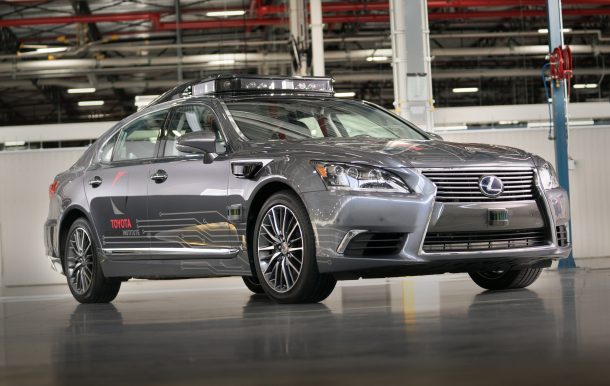

















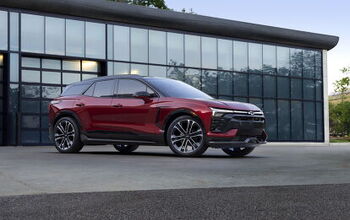
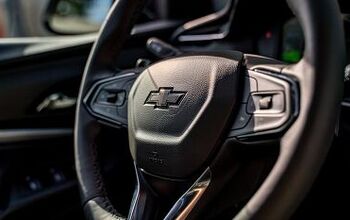

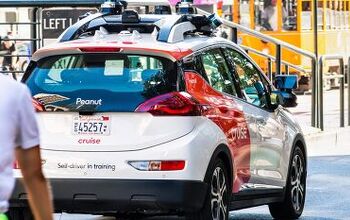

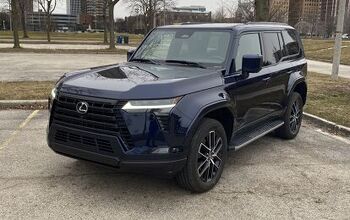



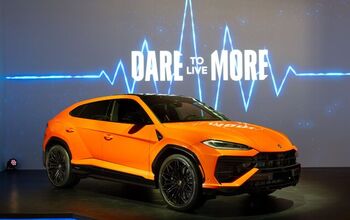



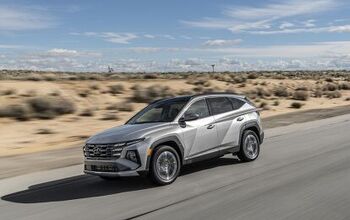
Comments
Join the conversation
Now the real question: what software engineer, division manager, or CEO is going to affix their signature approving a system that can autonomously kill people? Who is going to give that authority to a $5 CPU chip?
I can't see the actual framing of the questions behind the paywall, but from what I read I don't understand the numbers question. Assuming all other things are equal why would you hit more people rather than less? I mean I would, but I am trying for the high score.